Genealogy
ABC News revealed in 2014 that one of the most popular pastimes is genealogy, and that it is even more popular than gardening. Nonetheless, discovering the history of our families isn’t anything crazy.
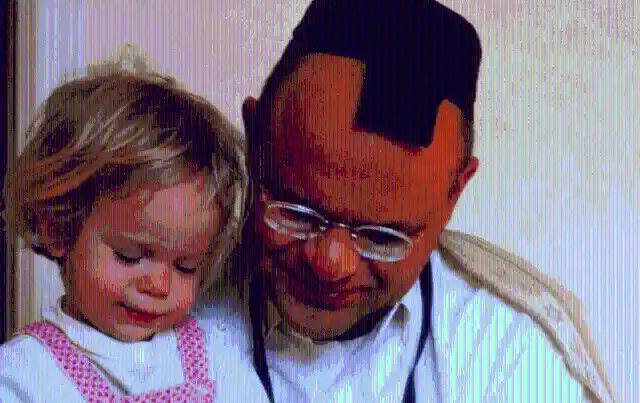
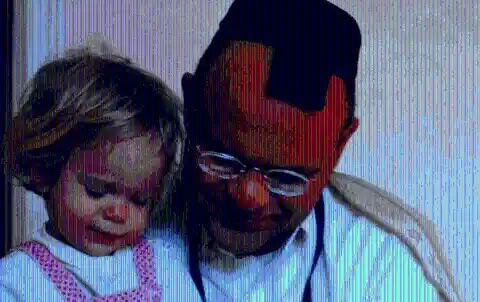
In the late 1800s and early 1900s, genealogy was of interest for people preoccupied with their heritage, especially among the elite, by trying to prove they were more “pure” than the rest of the citizens.
Collective Heritage
By the late 1960s, America’s vibrant collective heritage was starting to be embraced. Nowadays, genealogy is seen as a journey to self-discovery through family history rather than a tool to prove how pure one is.


Genealogy started to boom thanks to the appearance of the internet during the 1990s. As past family records were being uploaded online, millions of Americans were able to access information about their relatives. Nowadays, genealogy is a billion-dollar business. In fact, online family history sites are the second-most popular kinds of pages on the internet.
DNA Testing
DNA testing is the latest trend in the genealogy craze. How does this work one would ask? Customers send samples of DNA to testing companies that analyze it and, as a result, customers can discover their individual ethnic mixes.
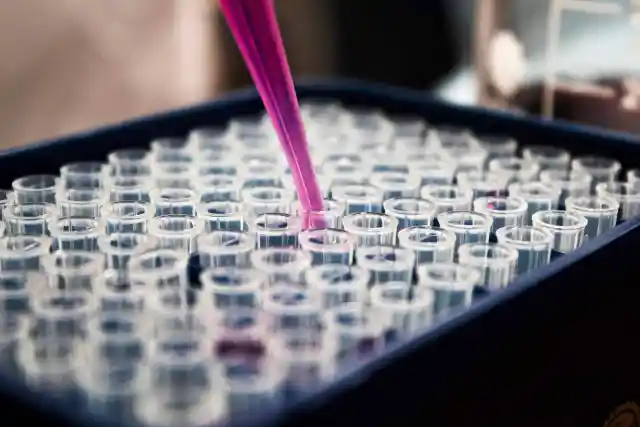
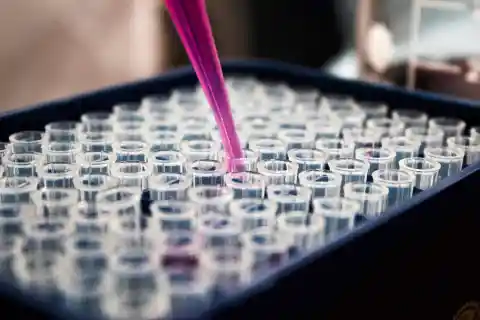
The controversy around DNA testing arose around 2013, when scientists warned that some DNA ancestry services were meaningless. A guide from University College London stated that “the genetic ancestry business uses a phenomenon well-known in other areas, such as horoscopes, where general information is interpreted as being more personal than it really is”.
Uncovering Family Secrets
Despite the doubts over DNA testing, the results can sometimes be surprising. In fact, on occasions, they can uncover family secrets that have remained buried for years, as Dani Shapiro found out in 2016.
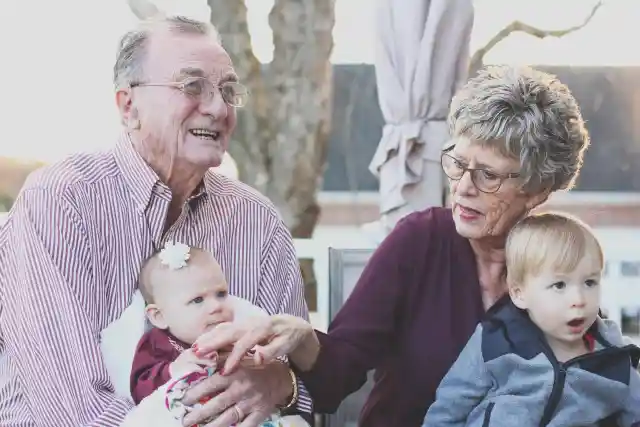
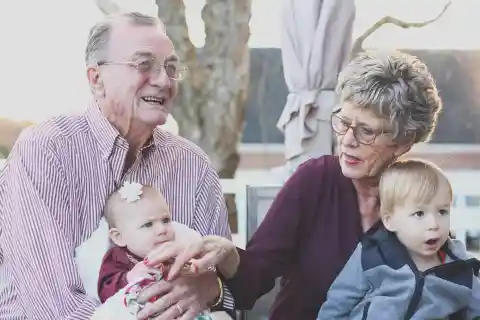
Shapiro is a best-selling author who was born in 1962 in New York City. Then, she went to Sarah Lawrence College before becoming a novelist and writer for publications such as Vogue, Elle and The New Yorker.
Religion
In her personal life, Shapiro is married to screenwriter and journalist Michael Maren. Dani Shapiro rediscovered her faith in her 40s and is now following Judaism.
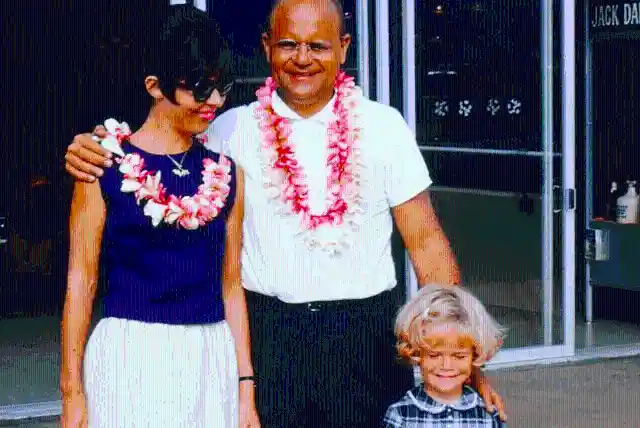
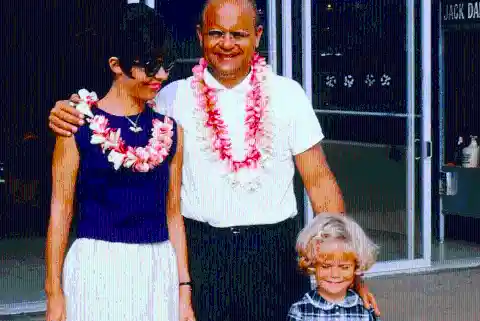
For her, Judaism has played a large role in her life. In addition to being raised by two Jewish parents, Shapiro also spent some time studying at a Jewish school.
Heritage
Despite such comments from friends and strangers, Shapiro had no real reason to doubt her heritage. When her husband asked her to take part in a DNA genealogy test, she didn’t have any reservations about depositing saliva and send it off for analysis.
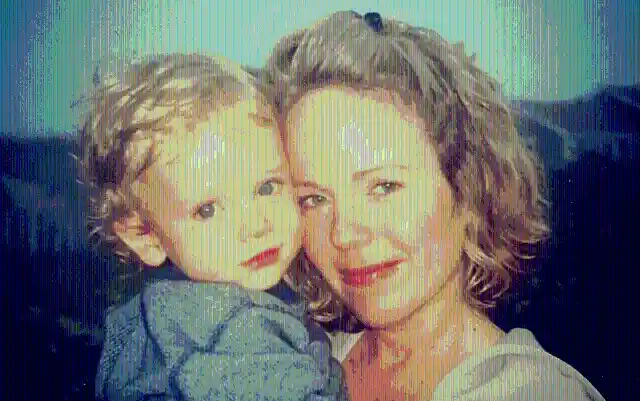
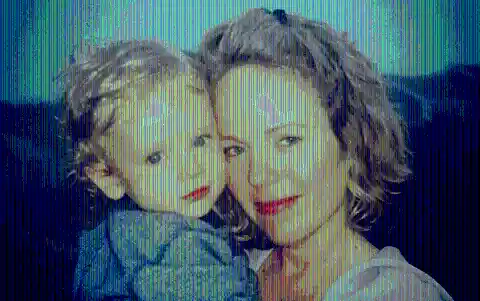
In her book Inheritance, published in January 2019, Shapiro explained “At the time, my greatest fear was that I might be genetically predisposed to Alzheimer’s disease or breast cancer. But we’ve all heard stories of people who discover, quite by accident, that their family history isn’t quite what they thought”.
“Serial Memoirist”
The writer is no stranger to delving into her past, and she even described herself as a “serial memoirist”. She has written four autobiographical works in ten years. In those books, she covered the most personal aspects of her life, including an affair with a married man.
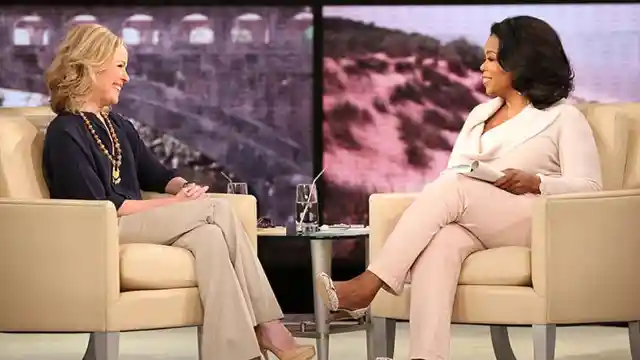
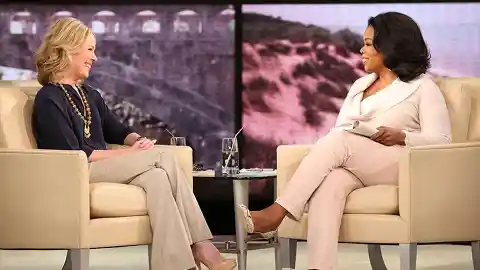
One of the events that had been particularly hard on the writer was the car crash in which her father died. When growing up, she was really close to her Orthodox Jewish father. She explained on the Today Show that her father “was a very kind, very big-hearted guy. He gave a lot of bear hugs. He was a very loving person, and I felt a real bond with him”.
Test Results
When her father passed away, Shapiro was 23 years old. By 2019, she had gone and created a happy and stable life with her family, and so she thought that dramas were well behind her, until the day she received her DNA test results.
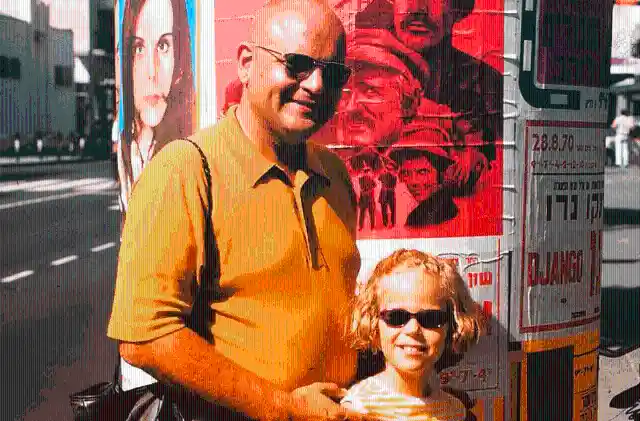
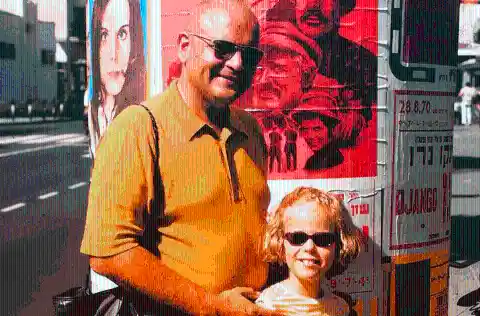
She believed that the results would show that she was between 90 and 100% Eastern European Jewish, but in reality, the results showed something much different: she was 52% Eastern European Jewish, and the other 48% was English, French, Irish, German. Stay with us to see what happened!
The Realization
These percentages, of course, shocked Dani Shapiro. As a result, she decided to compare her DNA data to that of her half-sister through her father. And it was then that she discovered that she shared no biological relationship with the woman in question at all.
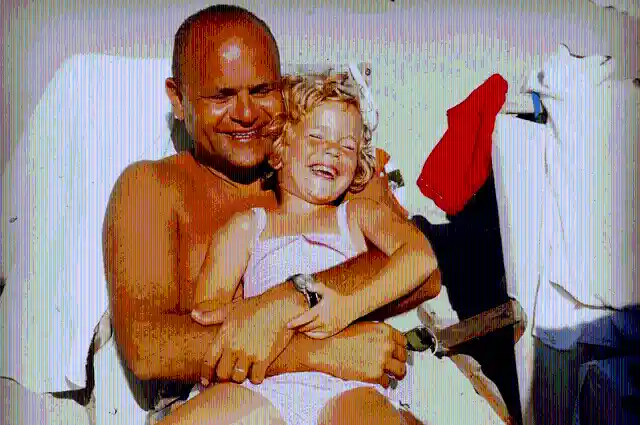
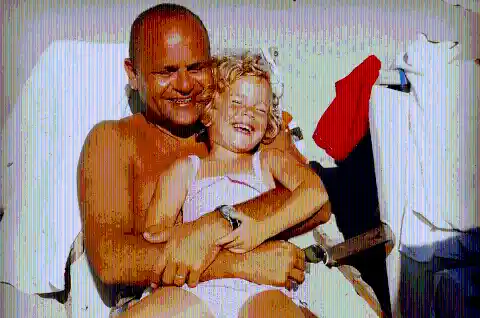
Shapiro then came to the realization that she knew what that difference in the DNA tests meant. She knew that her half-sister looked just like his father, she sounded like him, she walked and talked like him, and it was the story of her life that she herself, in fact, did not.
No Answers
As both her parents had passed away she could not turn to them for answers. The only option she had was to search her past for clues. She started in the first place she could think of: a fertility clinic in Philadelphia.
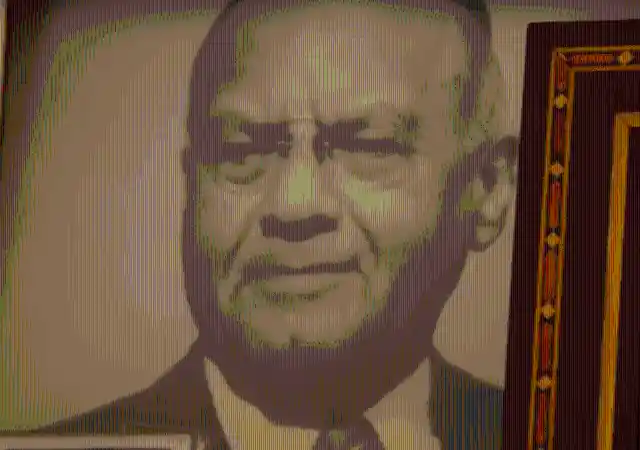
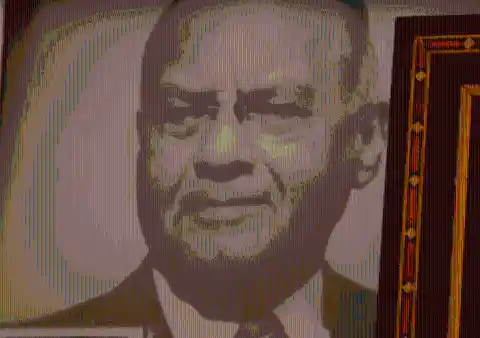
Shapiro was already aware that she’d been conceived at the establishment in question via artificial insemination. After doctors had studied her mother’s ovulation cycles, you see, her father had hurried to the clinic from his job on Wall Street to supply sperm at designated times.
Unethical Methods
Over the course of years, Shapiro had heard reports that such establishments employed unethical methods of combining sperm from one client with sperm of another client in order to boost the possibilities of successful inseminations. She never thought that those rumors could apply to her own conception.
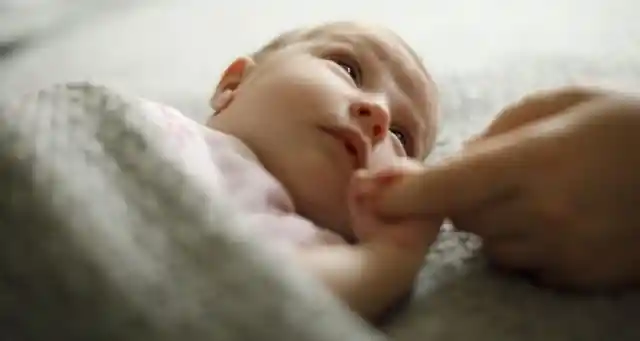
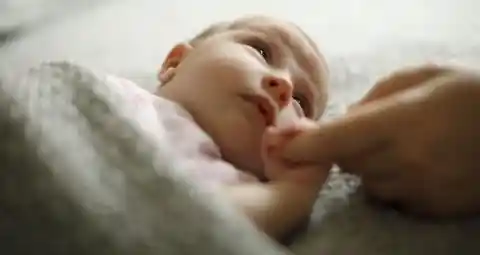
In light of the DNA test, that changed. She then got in touch with someone she knew through Twitter who is a self-described genealogy buff. And thanks to this person was that Shapiro was able to locate her biological father. You won’t believe what she found out!
Medical Student
When the writer found some footage of her biological dad, who had been a medical student at the University of Pennsylvania, on YouTube, she found that the similarities she shared with him were striking.


For Shapiro, in fact, the truth was all there on the screen. The writer even thought she had some of the same mannerisms. And despite the shock, Shapiro found comfort in finally being able to see herself in someone else.
Feeling Different
The writer had always felt different from the rest of her family. Her father had battled with depression and her mom had had psychological issues. Over the years, Shapiro had grappled with feelings of not belonging.


But looking at this stranger on a screen, the writer felt like she could start making sense of her heritage.
She wrote: “I knew in a place beyond thought that I was seeing the truth – the answer to the unanswerable questions I had been exploring all my life”.
True Paternity
While Shapiro handled the discovery of her true paternity really well, she knew that several faces she saw in frames all around her house weren’t biological relatives, and her medical history was no longer correct.
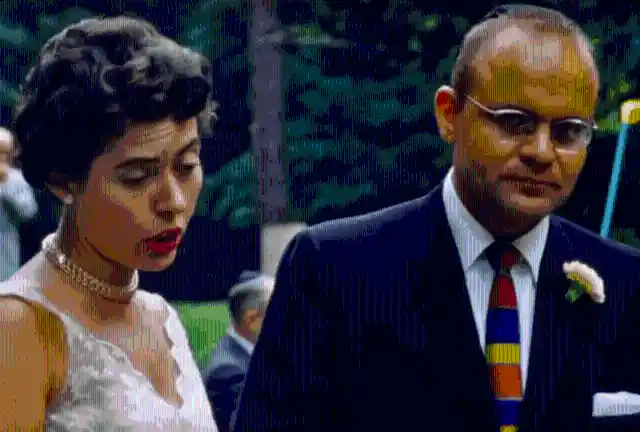
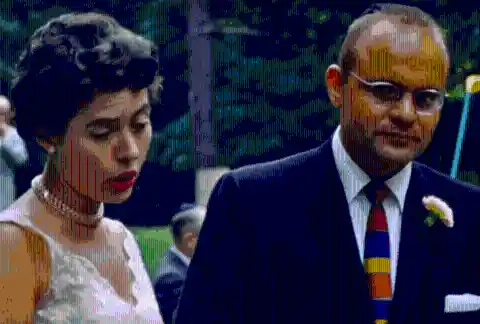
The discovery also led Shapiro to look further into the actions of fertility clinics such as the one that her parents had attended. She subsequently learned that medical students had often donated their sperm to such facilities.
Artificial Insemination Practices
Shapiro believed that early artificial insemination practices employed a hint of eugenics, that is to say, the belief that some genetic groups are superior to others and therefore should be favored to improve the genetic stock of the population.
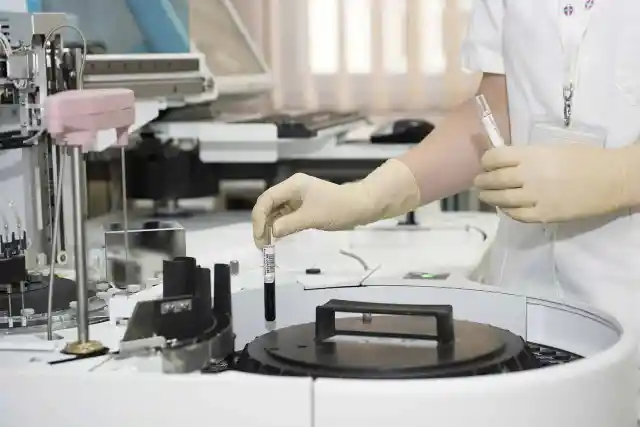
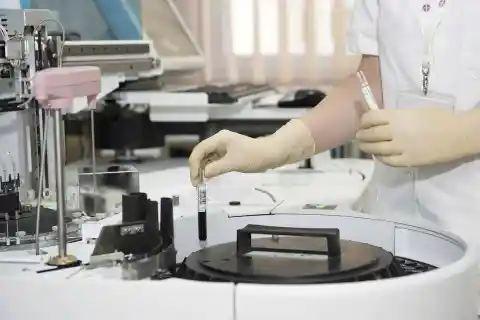
In the 20th century, in fact, eugenics became associated with the horrors of the Second World War. Yet many countries, including the United States, have had eugenics programs in the past. And according to PBS, these included government-funded coerced sterilization schemes that were carried out on various minorities in many American states.
Children Of Fine Quality
Edmond Farris was the man behind the fertility clinic that Shapiro’s parents attended to. As The New York Times reported, the doctor was once quoted as saying “there is nothing wrong in trying to bring children of fine quality into the world”.
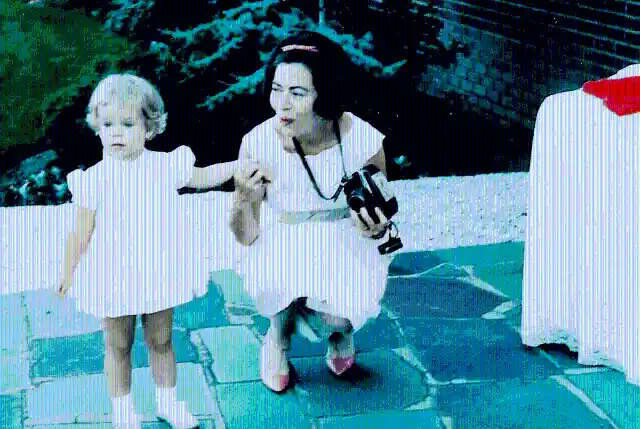
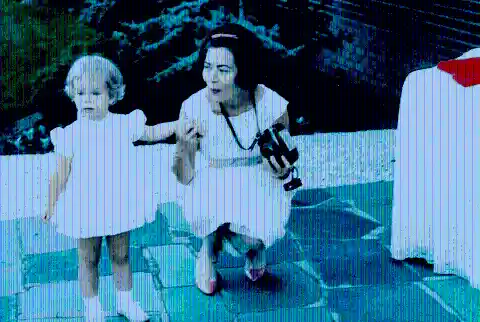
The New York Times also reported that those who’d signed up to the program in order to conceive had therefore been encouraged to have intercourse in the days leading up to and following insemination. That way, the paper reported, the true origin of any resulting child would always be ambiguous.
Biological Father
Since discovering the identity of her biological father, Shapiro has met him. He is retired and lives in Portland, Oregon. At the time, he has been married for 50 years. He also has three children and six grandchildren.
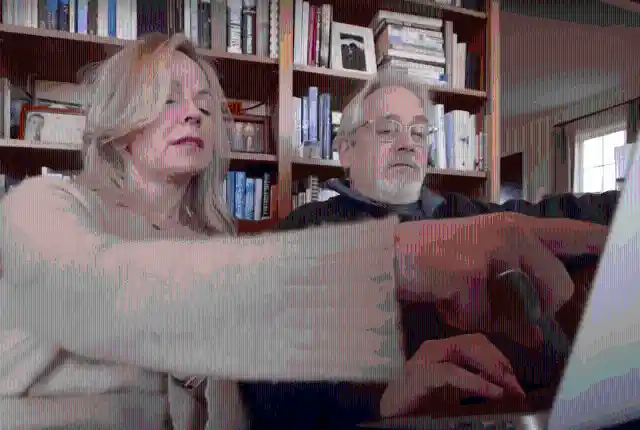
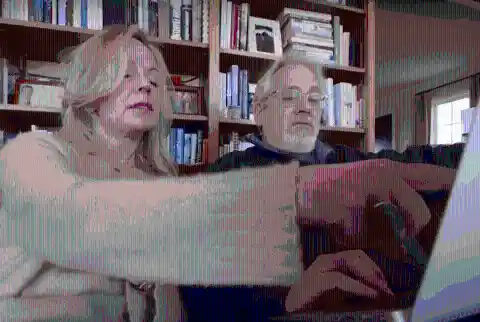
Speaking of the man, who didn’t want to be identified in her book, Shapiro told Today, “He doesn’t feel like my father to me. But it was very… I feel very, very lucky to be able to meet him and to get to know him a little bit, because he does feel like the country I’m from”.
Revelation
Despite the fact that her biological father was not who she wanted him to be, she felt really closer to the man who had raised her.
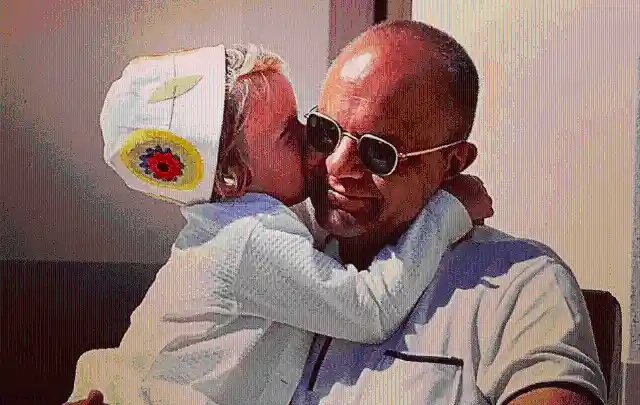
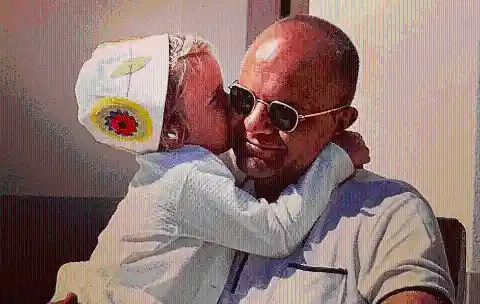
“The amazing thing, I think, that’s happening just all over the place these days is sort of a new way of understanding relationships and family,” she explained.
Faith
She told JewishBoston.com in January 2019 that one of the aspects of her life that makes her feel more connected to her dad is her faith.
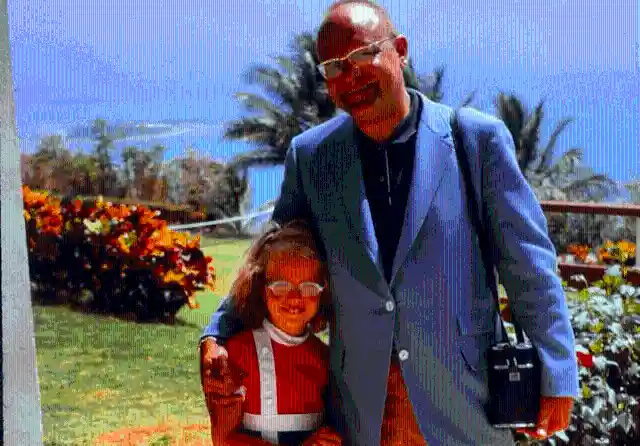
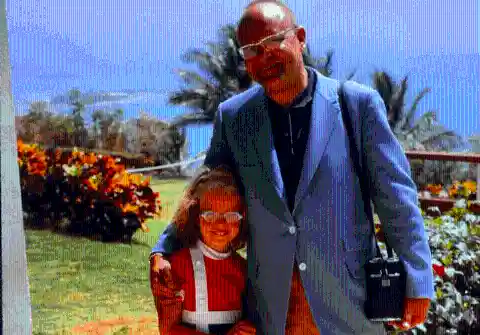
She explained that, on her mother’s side, she is Jewish and on her father’s side she is psychologically Jewish. She went on saying that the world she was so profoundly connected may not be her genetic roots, but it was inside of her for 54 years and won’t go away.